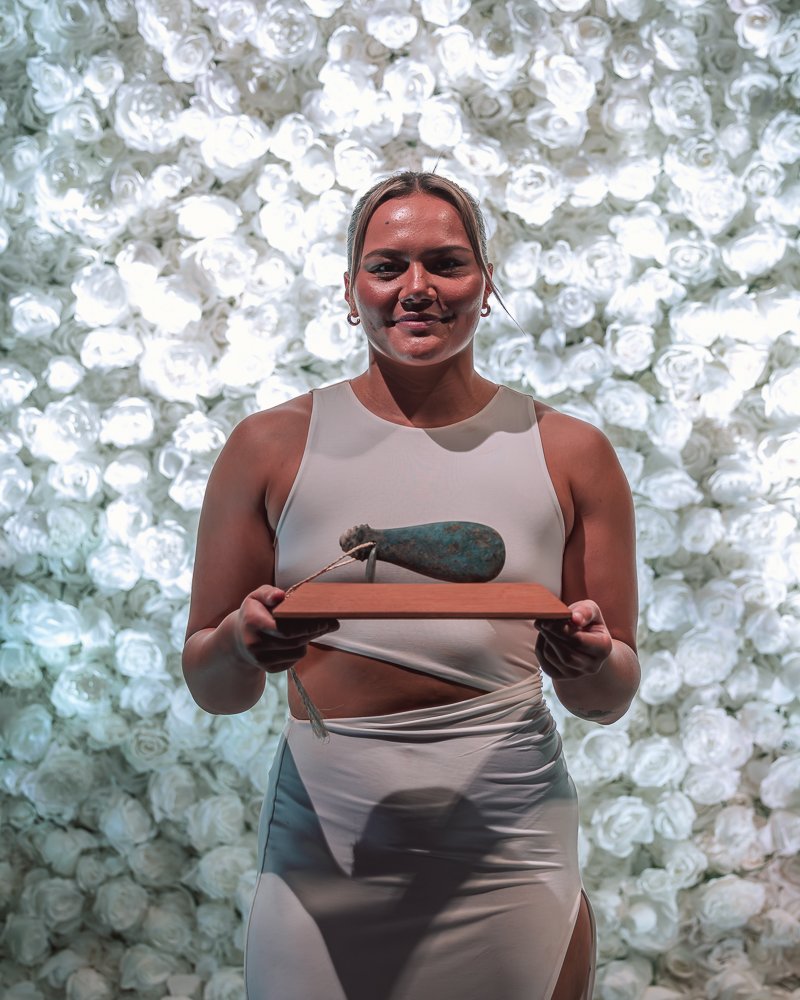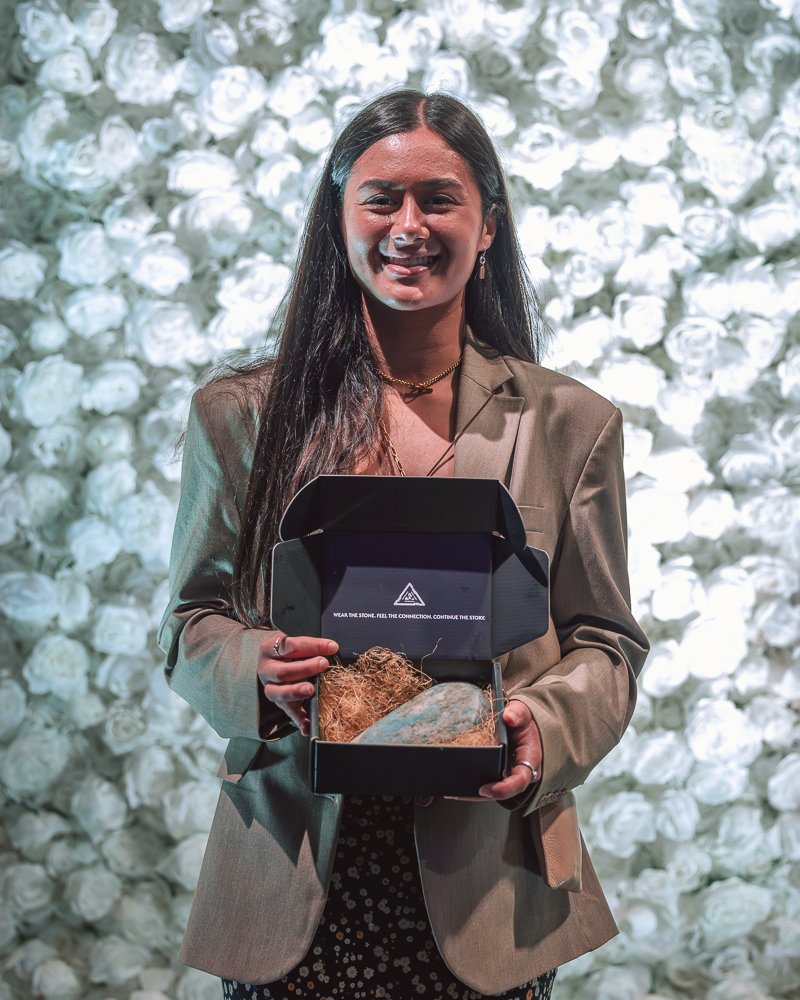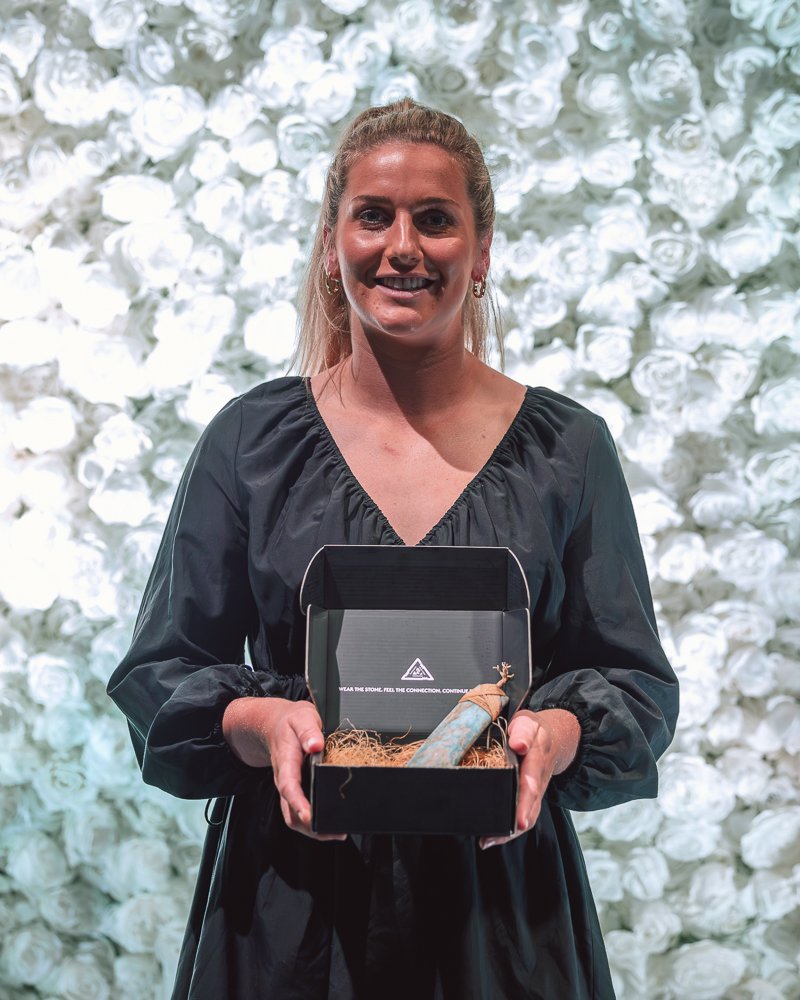Your Winners at the Matatū Awards 2024
Culture is built on many things. Shared values. Shared loss. Shared victory. It’s often founded on history and legacy and celebrating each other’s successes.
Matatū has arguably the strongest culture in women’s professional rugby in New Zealand. They played their first season in 2022 and quickly developed a culture centred around the team’s key values of tūmanawa (determination) tūaho (legacy), tūtira (unity) and tūhono (connections).
It should come as no surprise then that only a day after they beat the Chiefs Manawa in Otautahi Christchurch the team gathered at Christchurch Town Hall for the Matatū Awards.
The annual event is a chance to celebrate individual successes and triumphs throughout the season, a continuation of the team’s focus on culture and belonging, sharing in each other’s success.
Maia Joseph took out the Rookie of the Year Koru Award, given to a player in their first two years in the professional rugby environment. Chosen by the coaching staff, Joseph was celebrated for the immense growth in her skillset and strength and her leadership across the season. She has an exciting future ahead.
The Players’ Choice Matatūtanga Award was given to Alana Bremner. The seasoned captain leads by example and is well-respected by players and staff alike. She led the competition in defensive tackles and consistently put herself on the line for her teammates.
Kaipo Olsen-Baker was awarded the Player of the Year Aoraki Award. New to the Matatū environment this year, she made a huge impact early on in the season with her dominant style of play. She regularly pulled through in crucial game moments, often turning momentum back towards her team.
Through the club’s partnership with Ngāi Tahu Pounamu, Matatū was gifted special use of the Aotea stone to present to award winners. The stone is only found in one area of South Westland – the Makaawhio (Jacobs) River.
Local iwi Ngati Mahaki ki Makaawhio have been guardians of the stone for generations. It has a light glacial blue colour – similar to Matatū’s tohu and has been carved specifically to depict the unique characteristics of each award.






